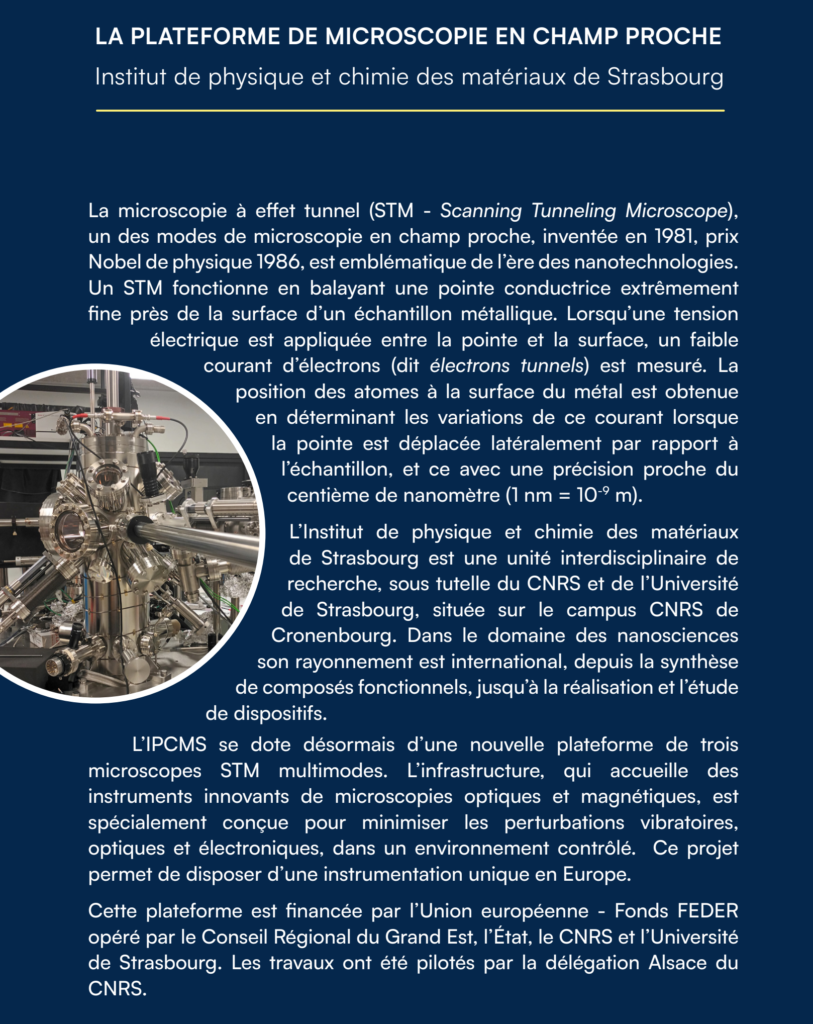
New STM Platform


The Lumensium project, led by Nicolas del Giudice and Laurent Douce, researchers in the Organic Materials Department at the Institut de Physique et Chimie des Matériaux de Strasbourg (CNRS/Université de Strasbourg), is proposing an innovative crystalline organic scintillator capable of detecting neutrons at all energies and discriminating them from gamma rays. This new material will replace Helium(3), a material in tension currently used as standard detectors for neutron detection, while being more efficient and versatile.
Read the article on CNRS Innovation (in french)
Thank you to the lab staff who took part in the day and helped to make it a success.
Charles Hirlimann’s lecture on lasers was much appreciated and filled the auditorium.
The afternoon connected to the national event organized by SFP was a convivial moment. IPCMS distinguished itself by winning the live quiz and 2 of the pre-event games.
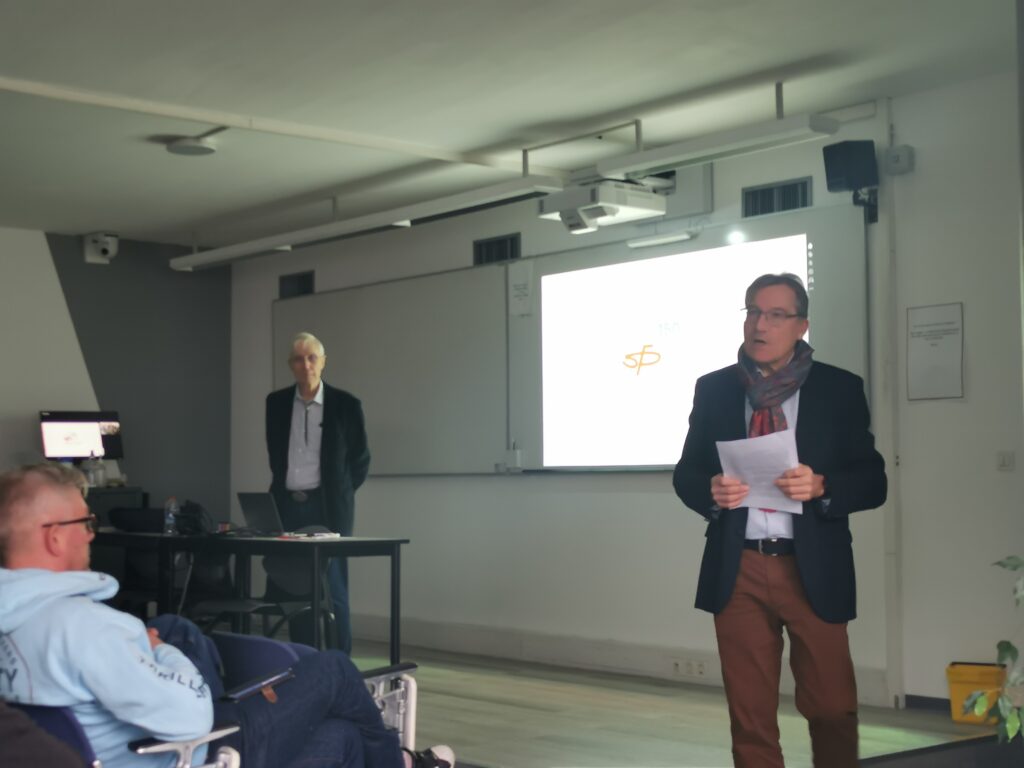
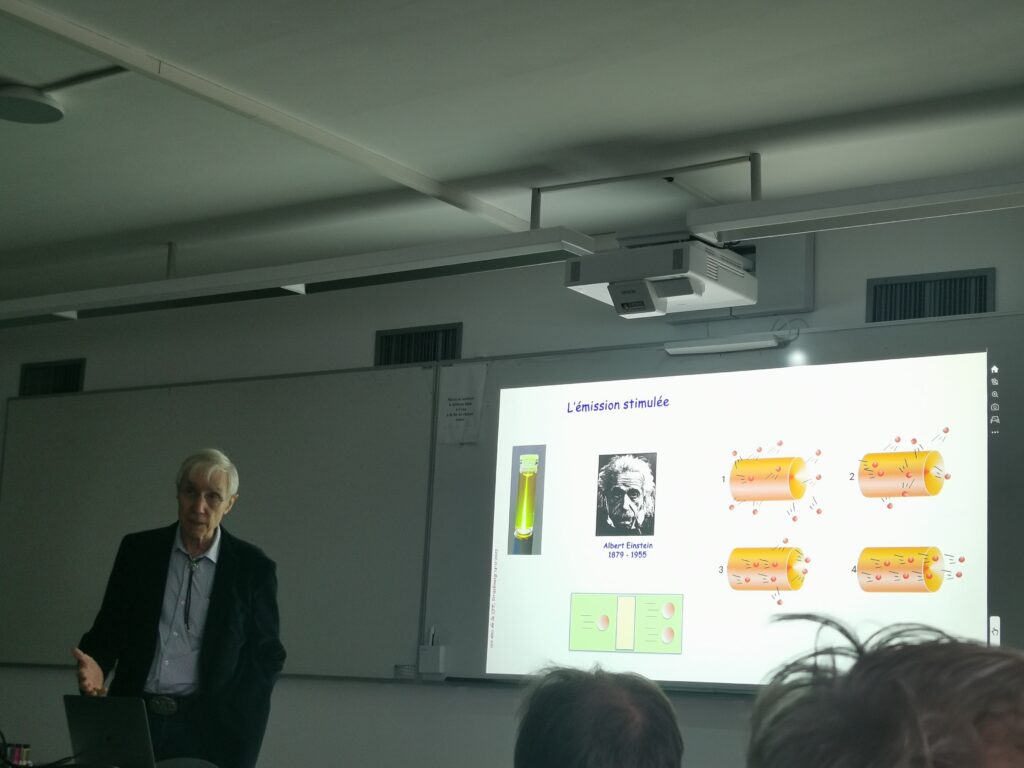
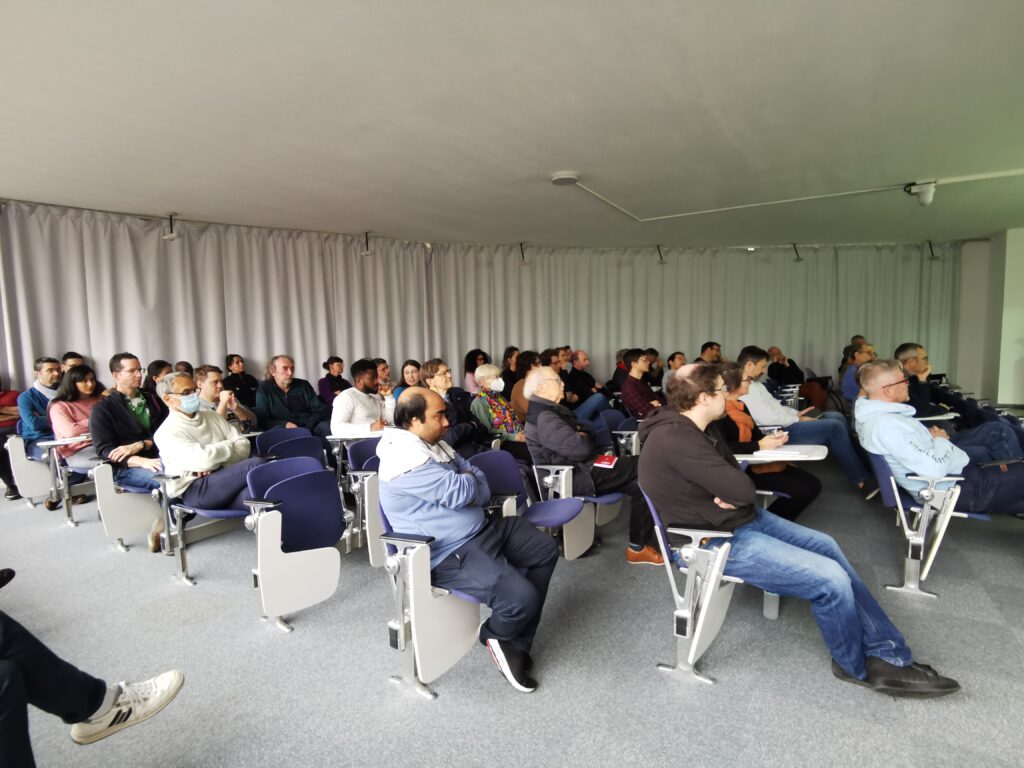
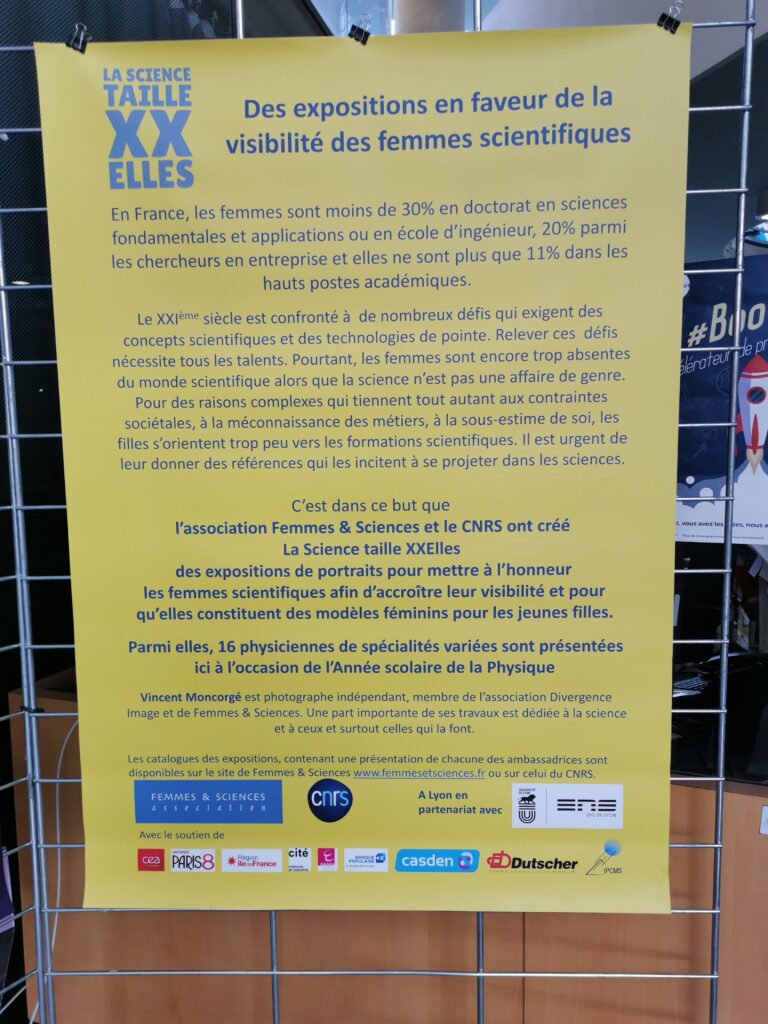
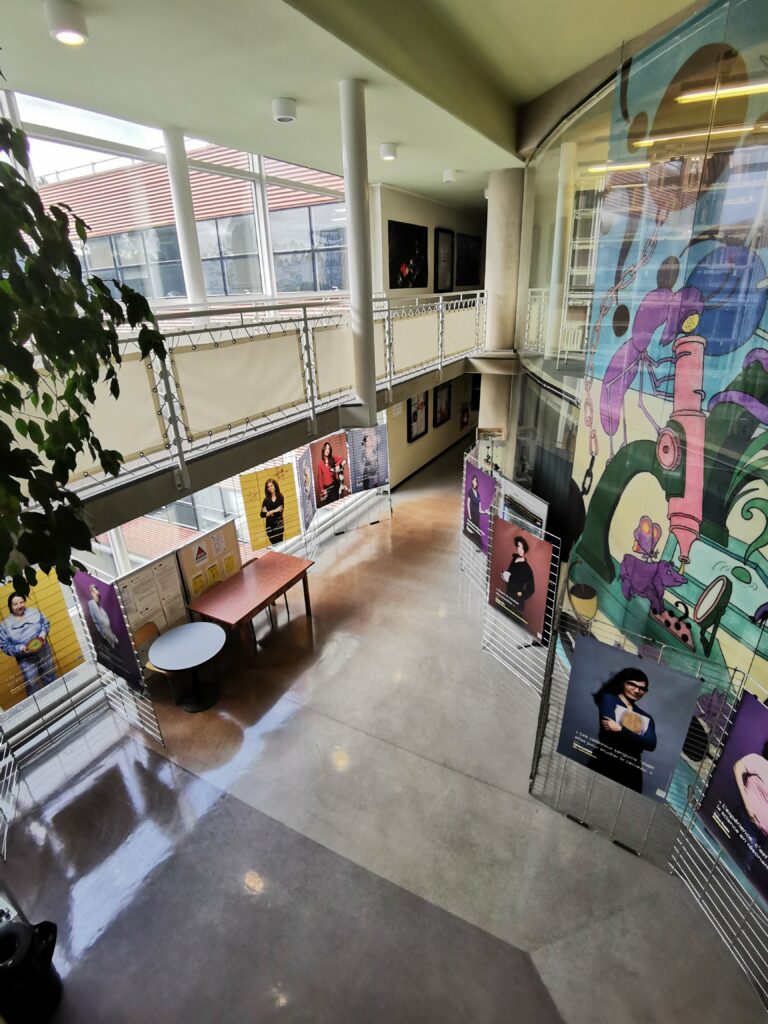
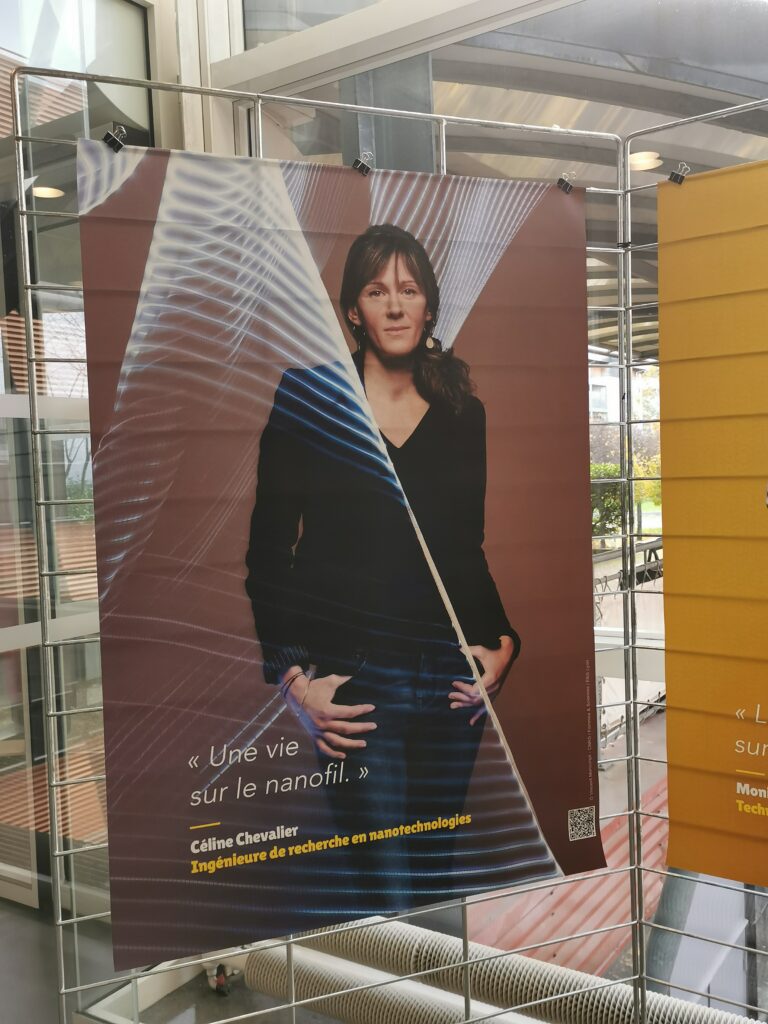
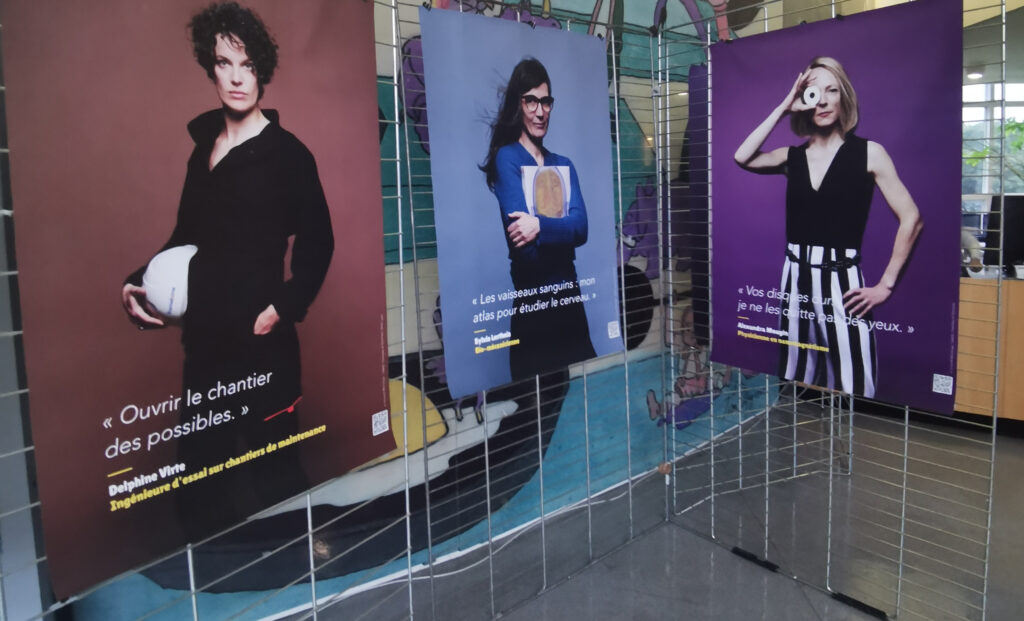
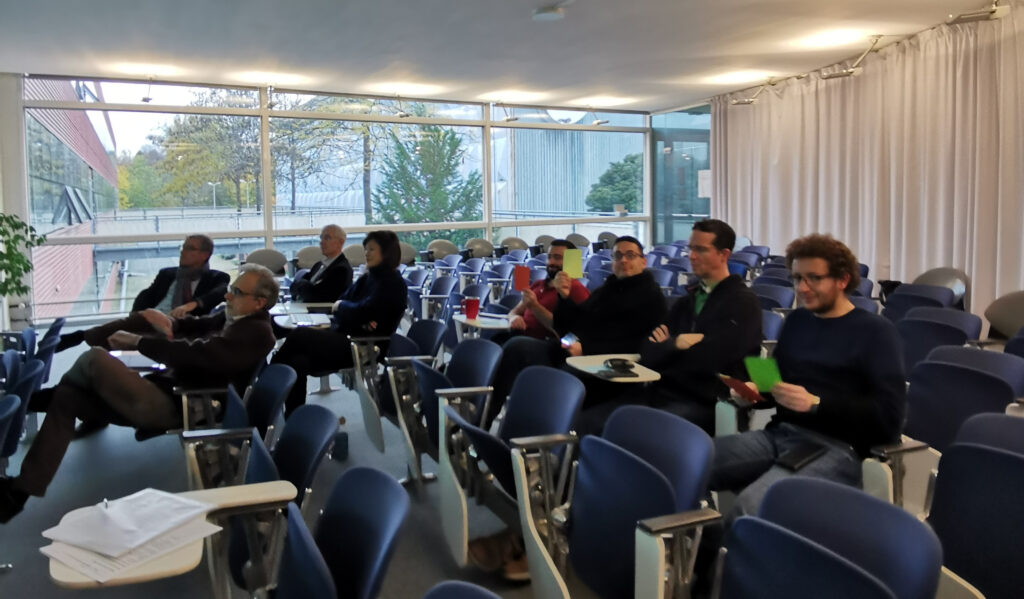
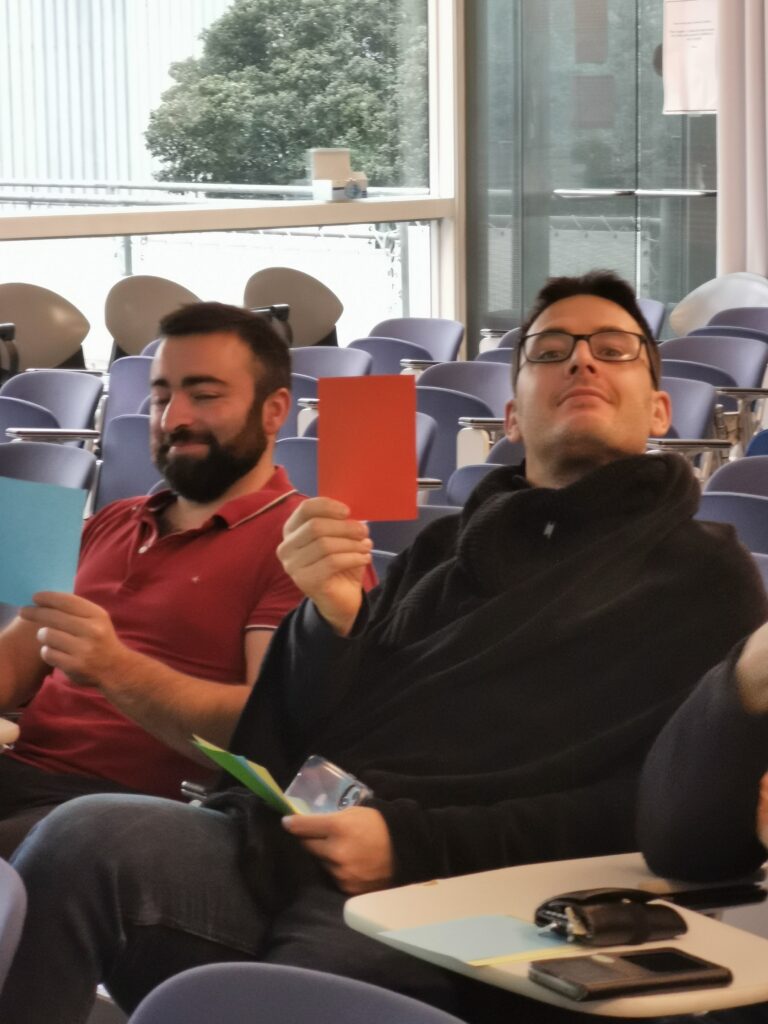
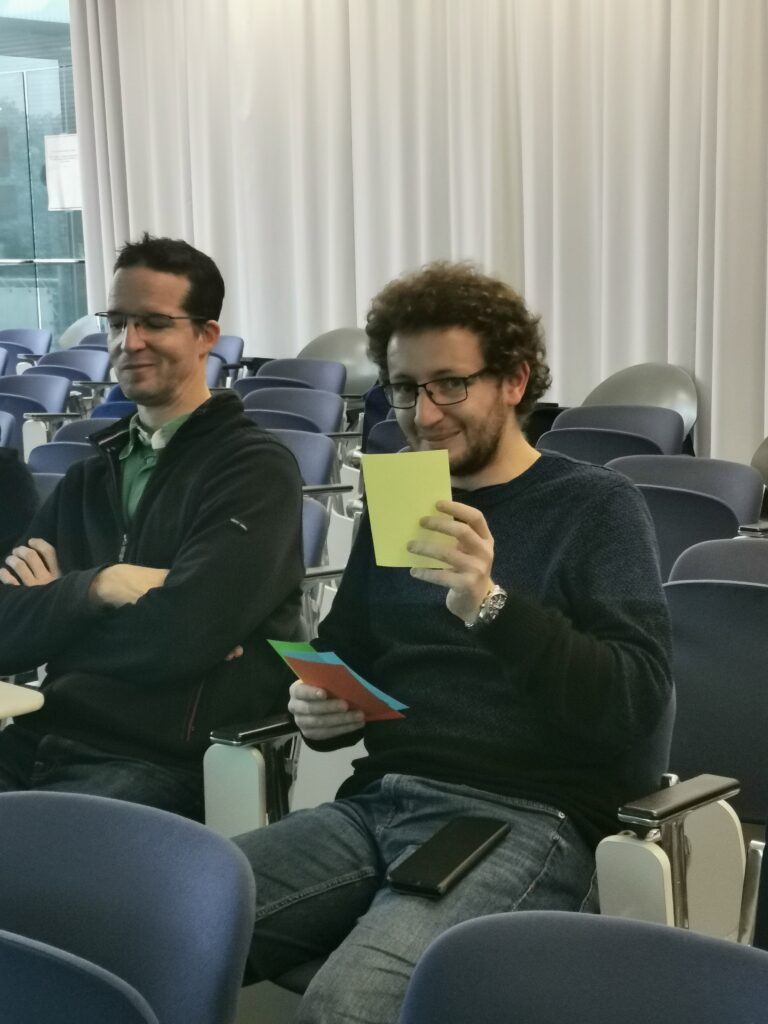
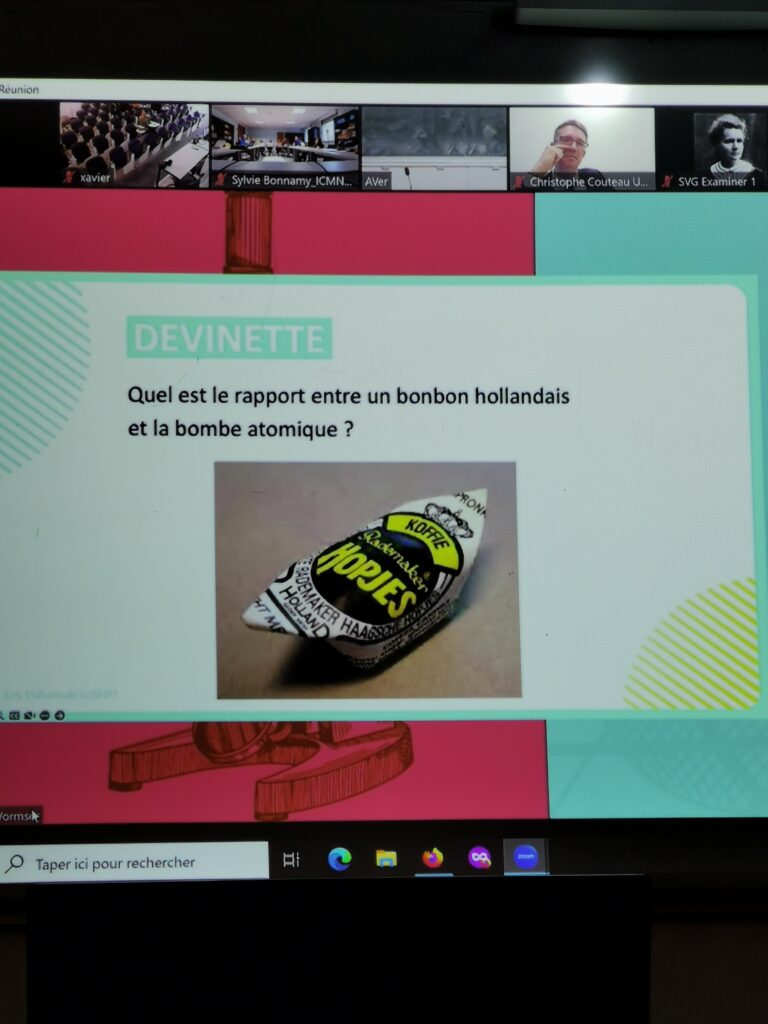
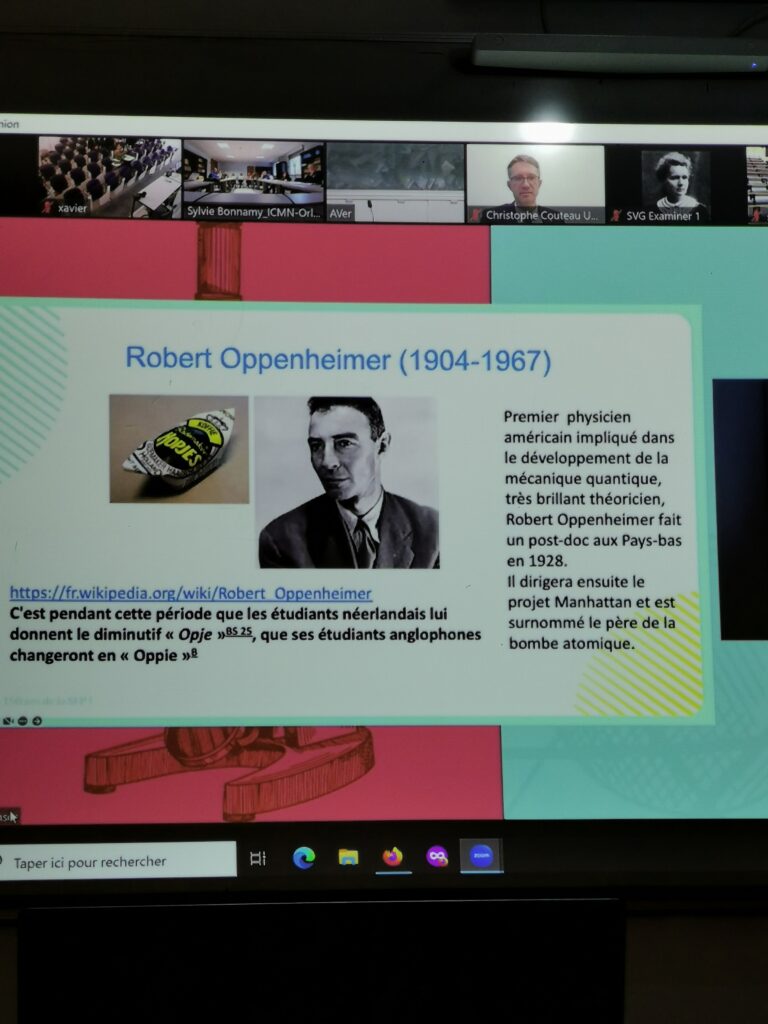
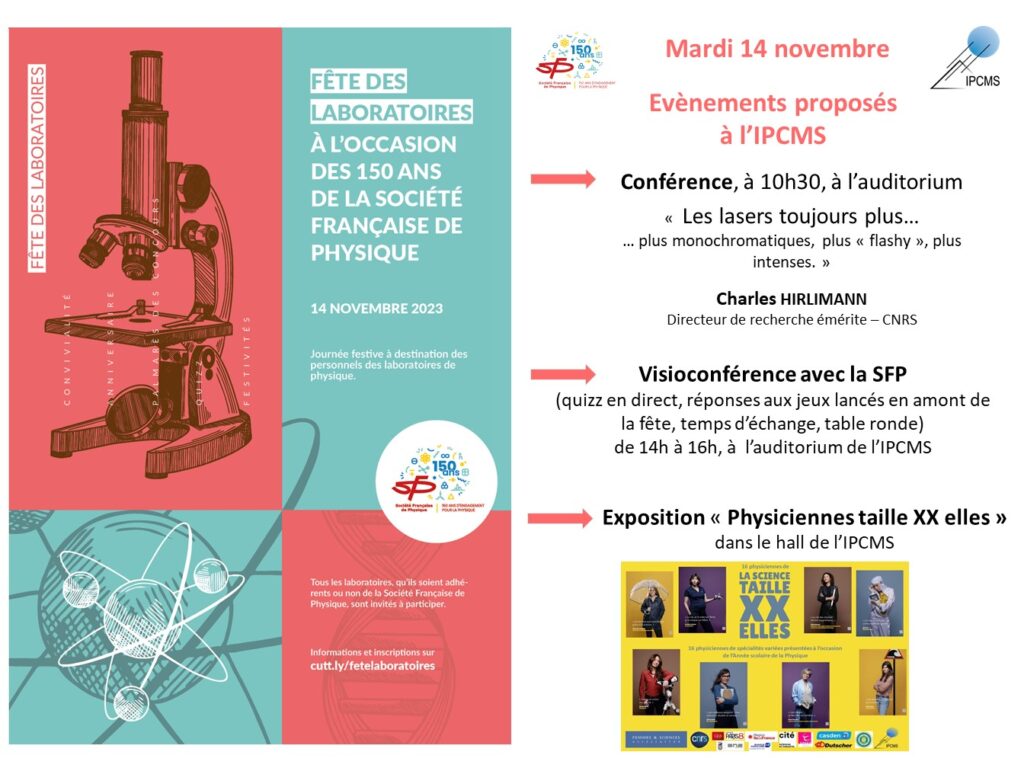
This equipment, unique in Alsace, will allow researchers to design all kinds of heterostructures based on thin films with nanometric precision. In a high vacuum environment, the acceleration of Argon atoms allows the etching of thin films with a controlled rate. Also, equipped with an in situ diagnostic tool of the material etched from the substrate (SIMS), it is thus possible to obtain an ideal control of the etching. The system is equipped with a second chamber that will allow the deposition of thin oxide layers by sputtering without the need to vent the sample after etching. This new tool completes the portfolio of processes available at STnano and will allow for new advances in fields such as spintronics, nanomagnetism, unconventional electronic devices, and nanosciences in general.
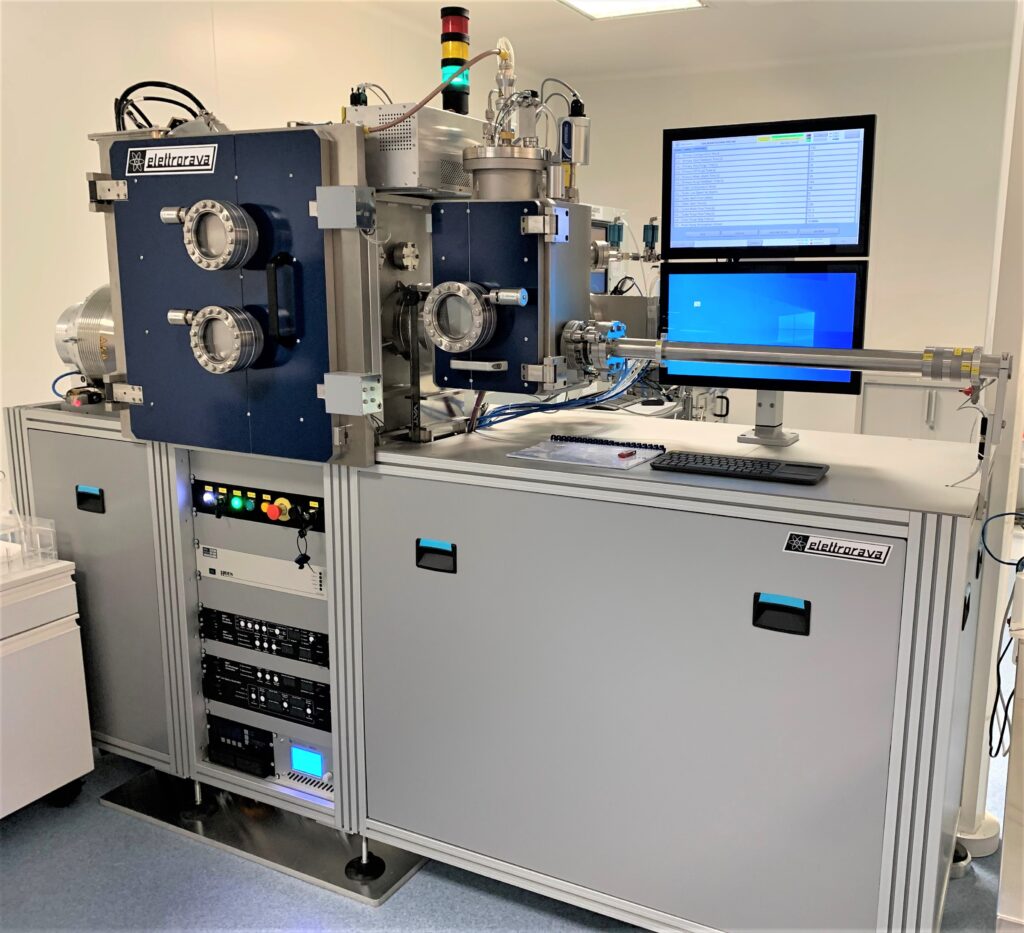
This equipment was acquired within the framework of the regional project RANGE thanks to the support of the Grand EST Region, the ITI Qmat, Unistra and CNRS
This software is designed to handle million of atoms large systems, offers the possibility to encode video of the 3D window,
and regroups several tools to design atomic-scale materials: advanced crystal builder, surface creation and passivation tool … and many more !
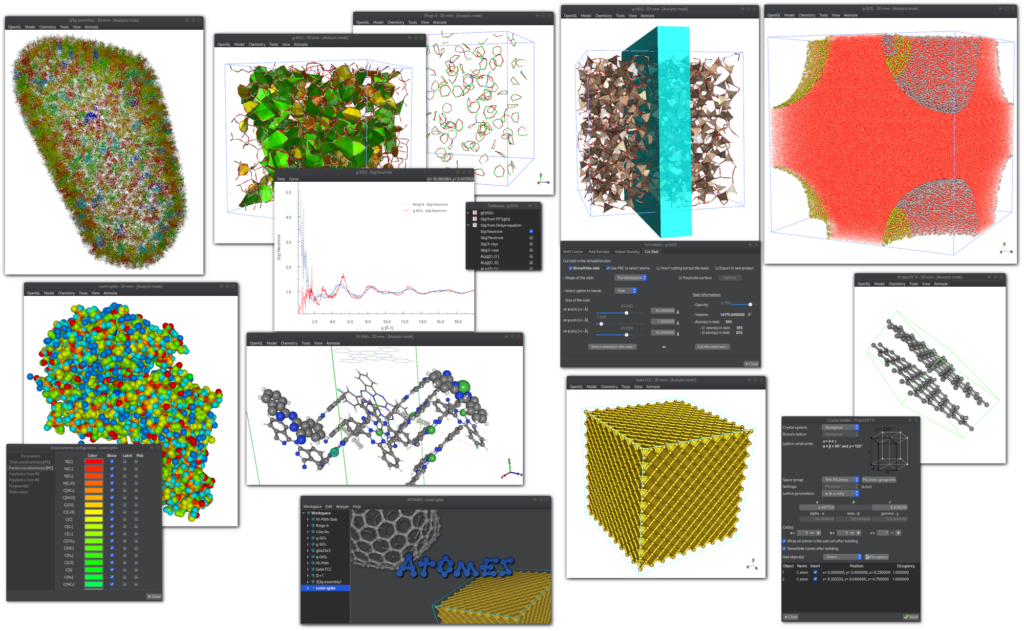
You can download Atomes here: https://atomes.ipcms.fr/
Atomes is developed by Dr. Sébastien Le Roux, research engineer for the CNRS, who works at the Institut de Physique et Chimie des Matériaux de Strasbourg, in the Department of Organic Materials
In the current health context, we would like to reiterate the importance to apply preventive measures, particularly during gatherings. Wearing a mask is mandatory at all times during meetings and strongly recommended within the laboratory.
In case of positive covid test, please follow the instructions in the file attached (in French). Remember to report your situation to the management team or to our HR manager: direction@ipcms.unistra.fr or bonnin@ipcms.unistra.fr.
Informations about the situation are regularly updated :
What to do with a student or staff who have been in contact with a person who has been tested positive for Covid19pdf – realised by CNRS – INSERM – Unistra) (Text in french)
Barrier gestures (text in french)
Hand washing (text in french)
When should I use an alcooh-based hand sanitiser ?
Use of the elevator (text in french)
Use of common equipment (text in french)
Know how to put on a mask (text in french)
Know how to remove a mask (text in french)
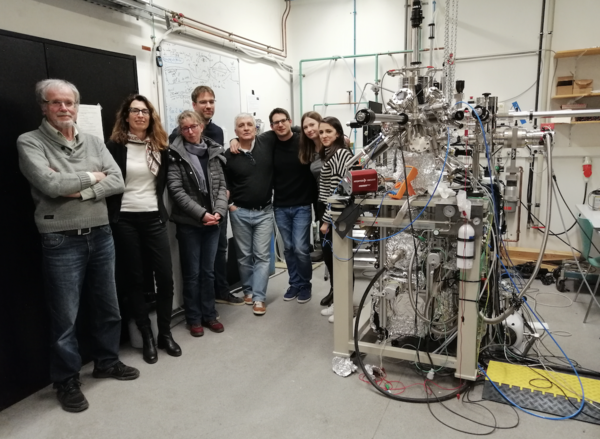

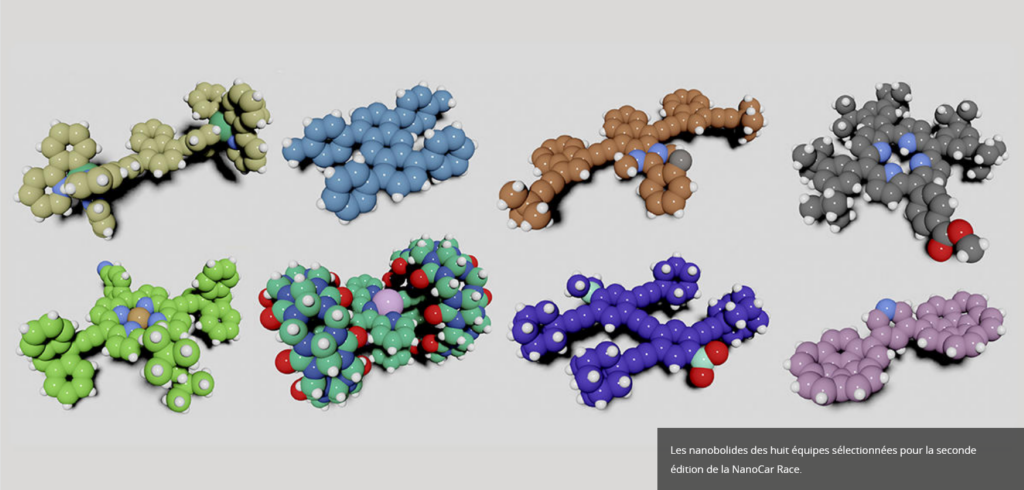
In the latest issue of Journal du CNRS, you can read an article on the NanoCar Race II.
Anna Roslawska and Guillaume Schull (DSI – STM) will be part of the Strasbourg team, StrasNanoCar team, which will take part in this competition.
Next March 24 and 25, follow the retransmission on the YouTube channel of the event and encourage them.
https://www.youtube.com/cannel/UCkQixqt0xegeVEmo9y9gMXQ
Read also this article :
https://www.cnrs.fr/en/nanocar-race-ii-smallest-big-race-back
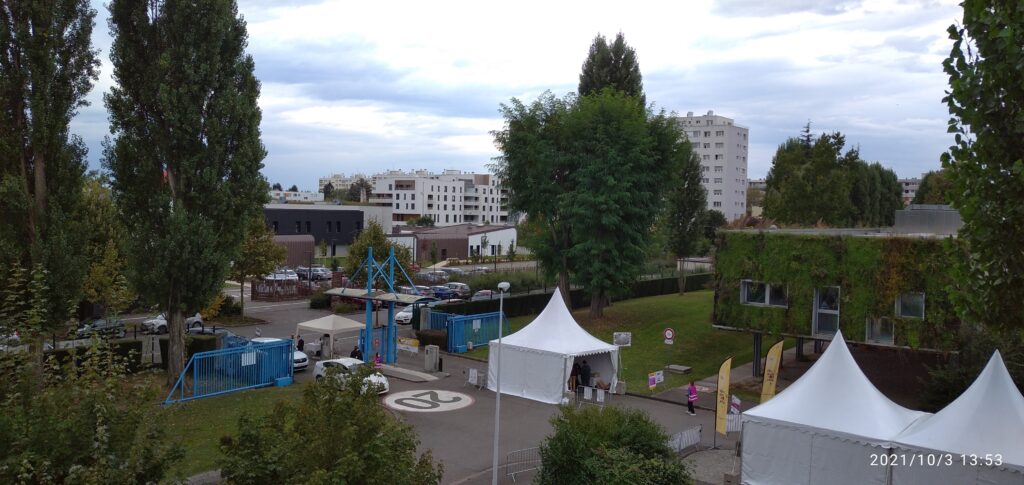
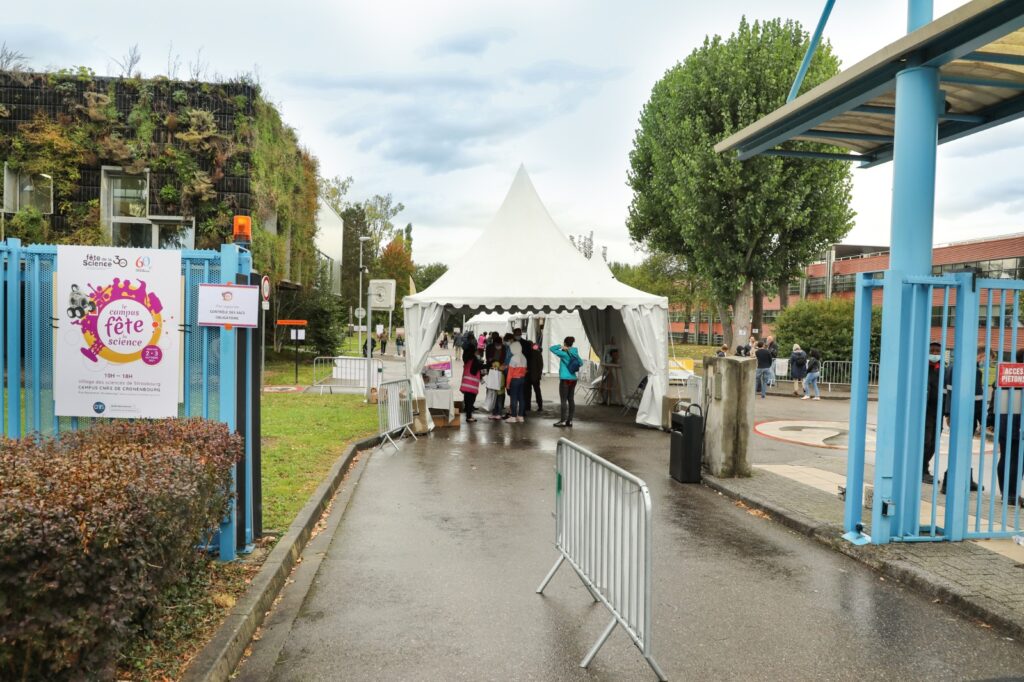
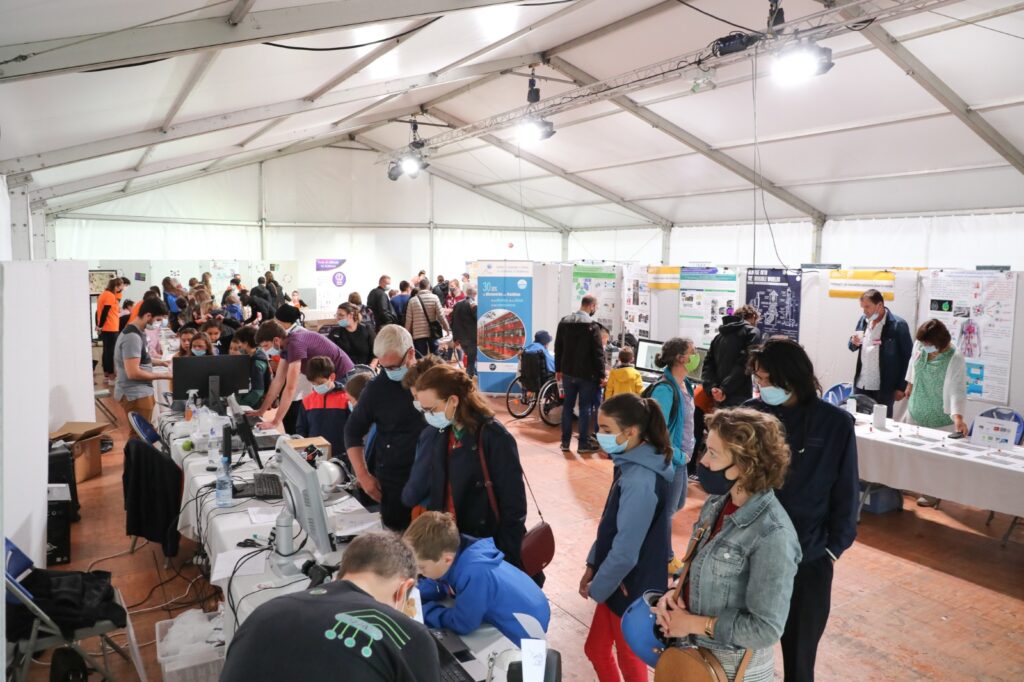
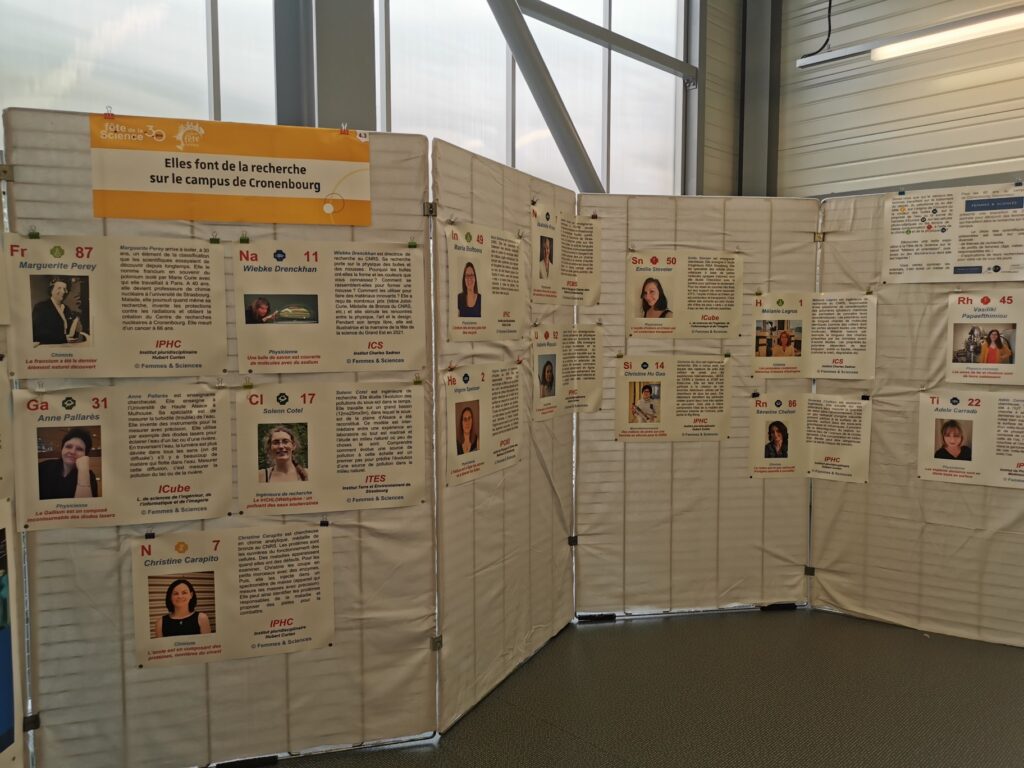
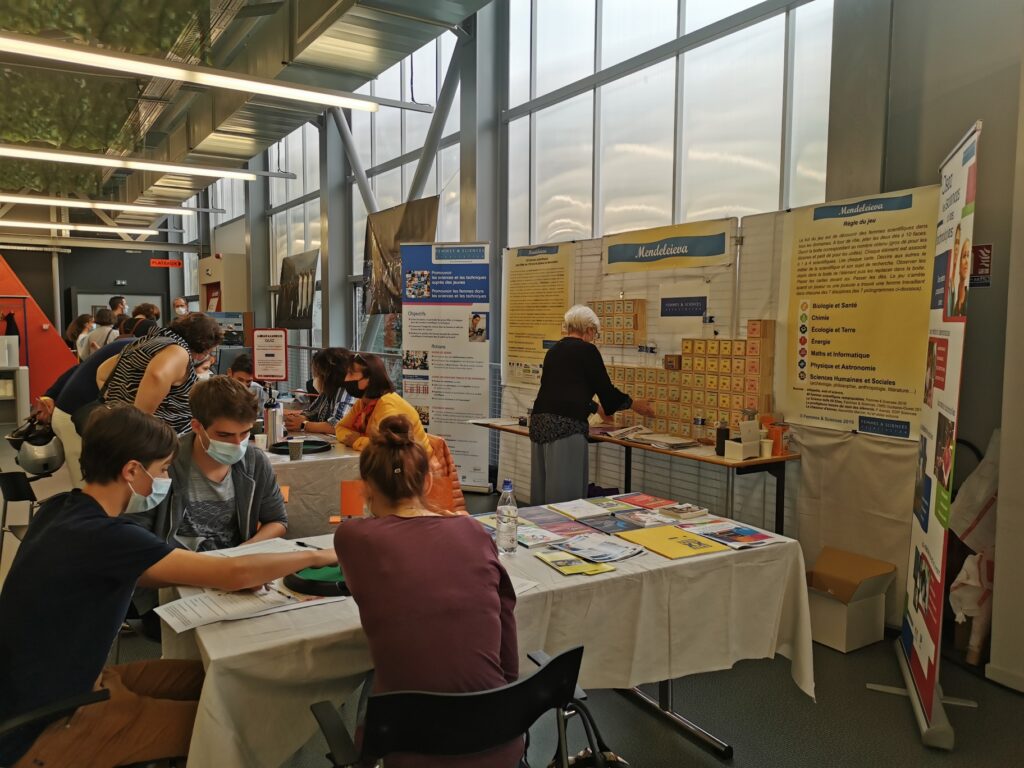
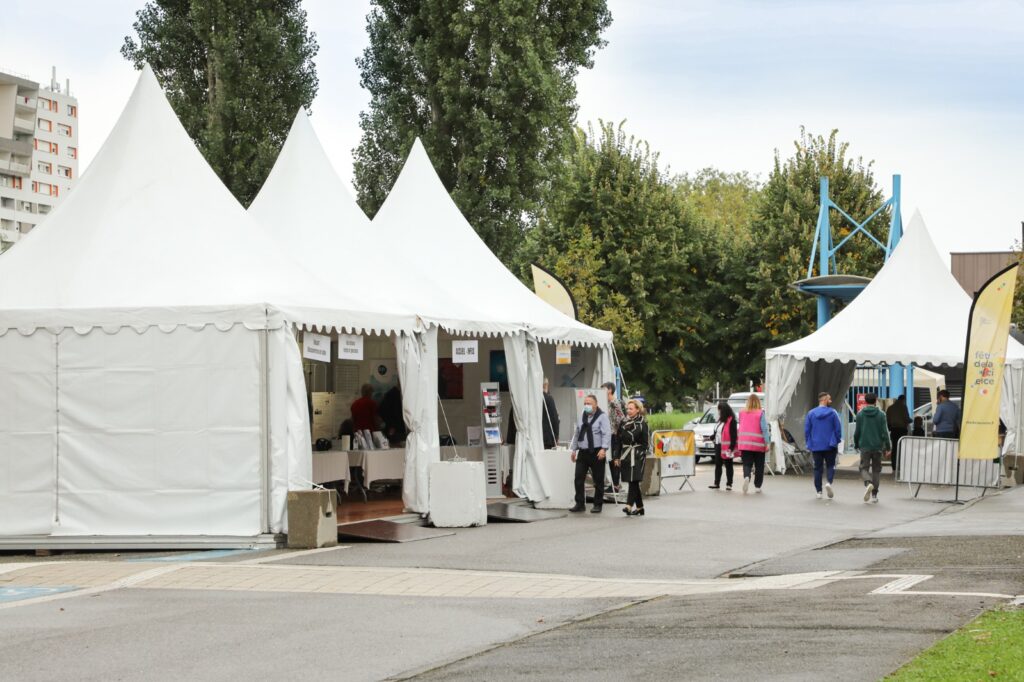
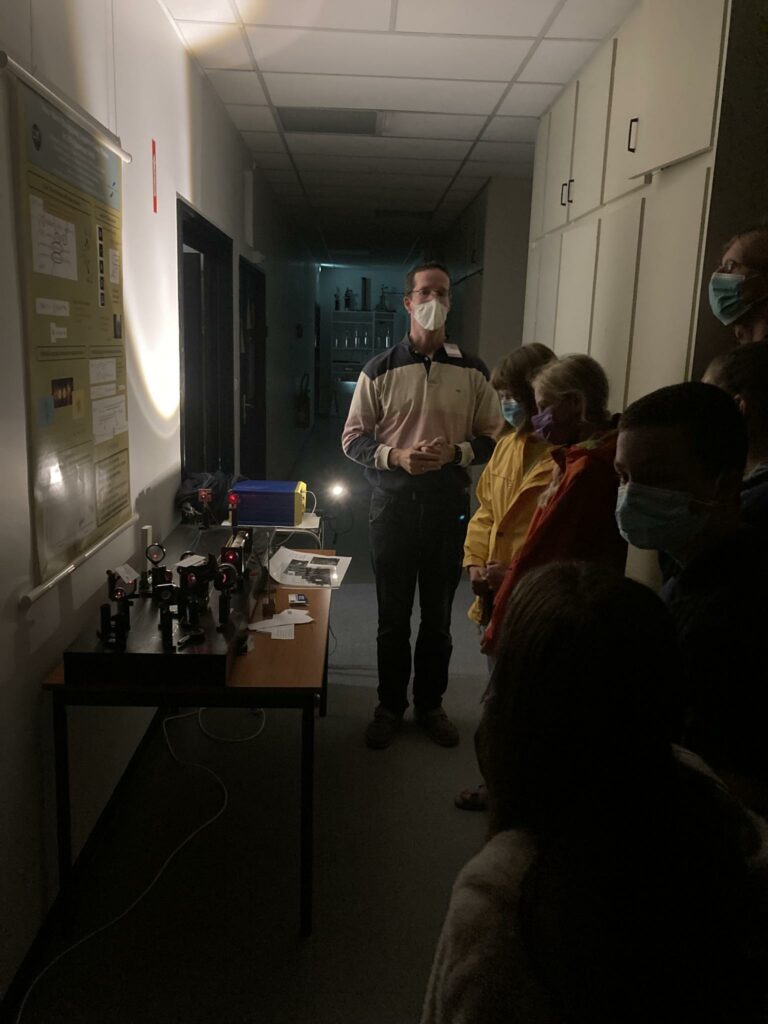
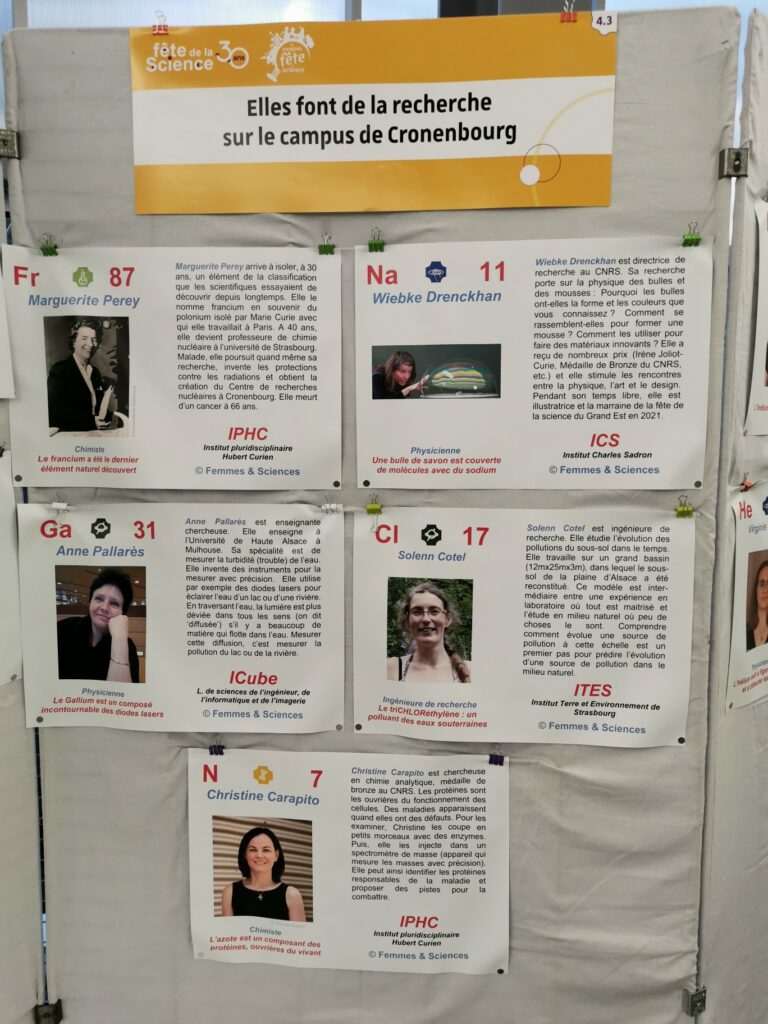
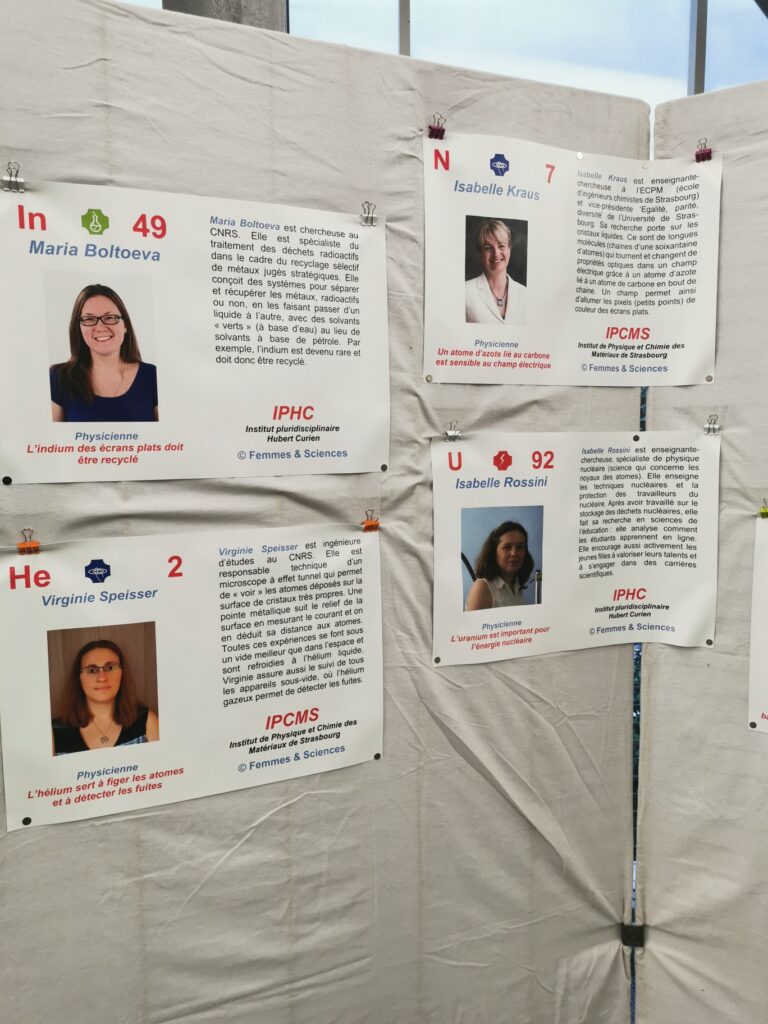
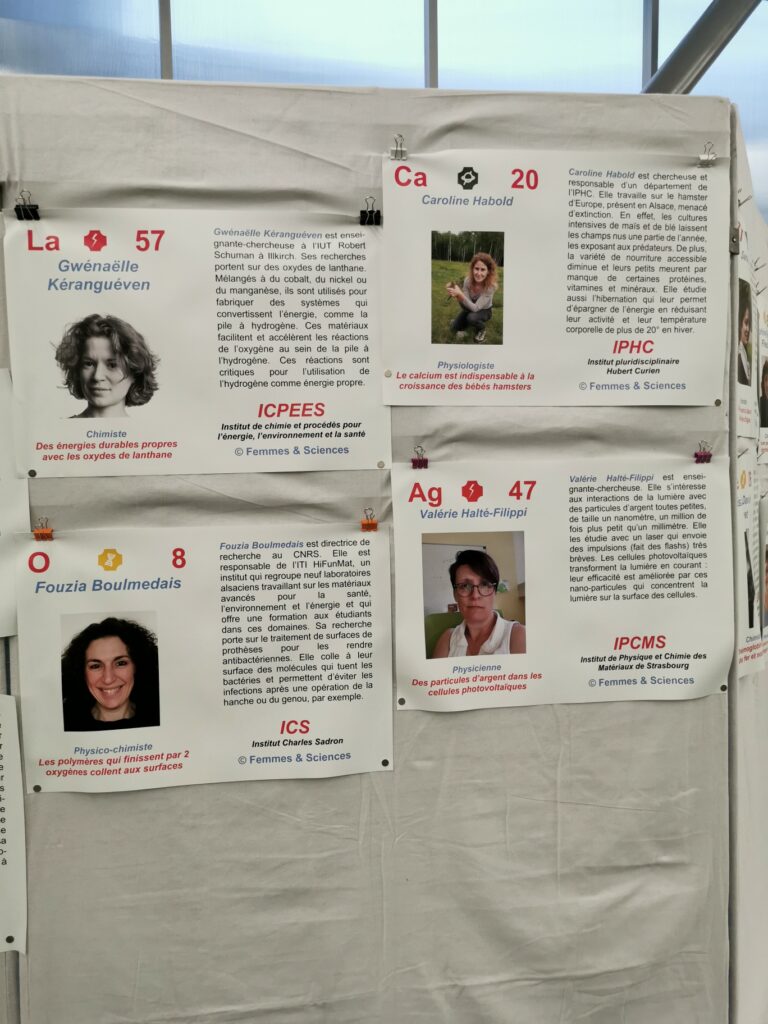
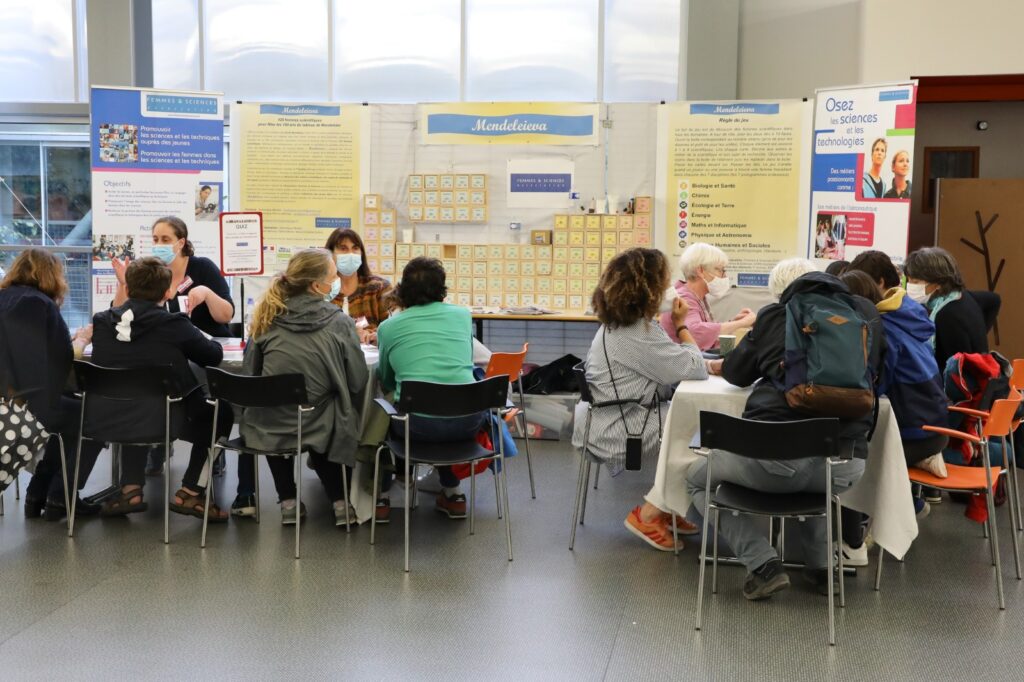
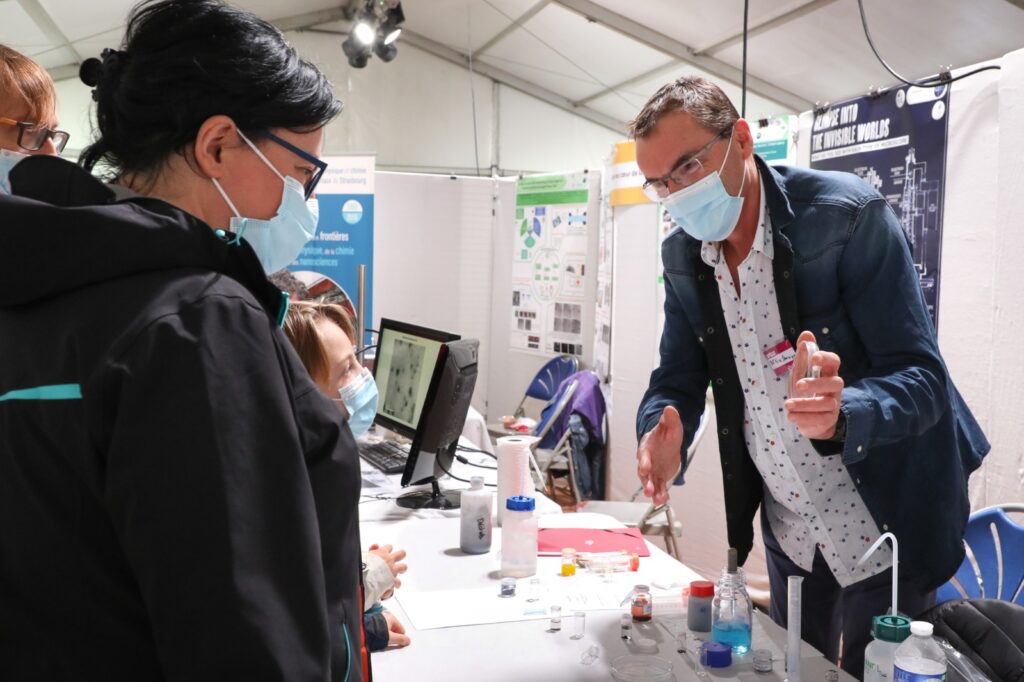
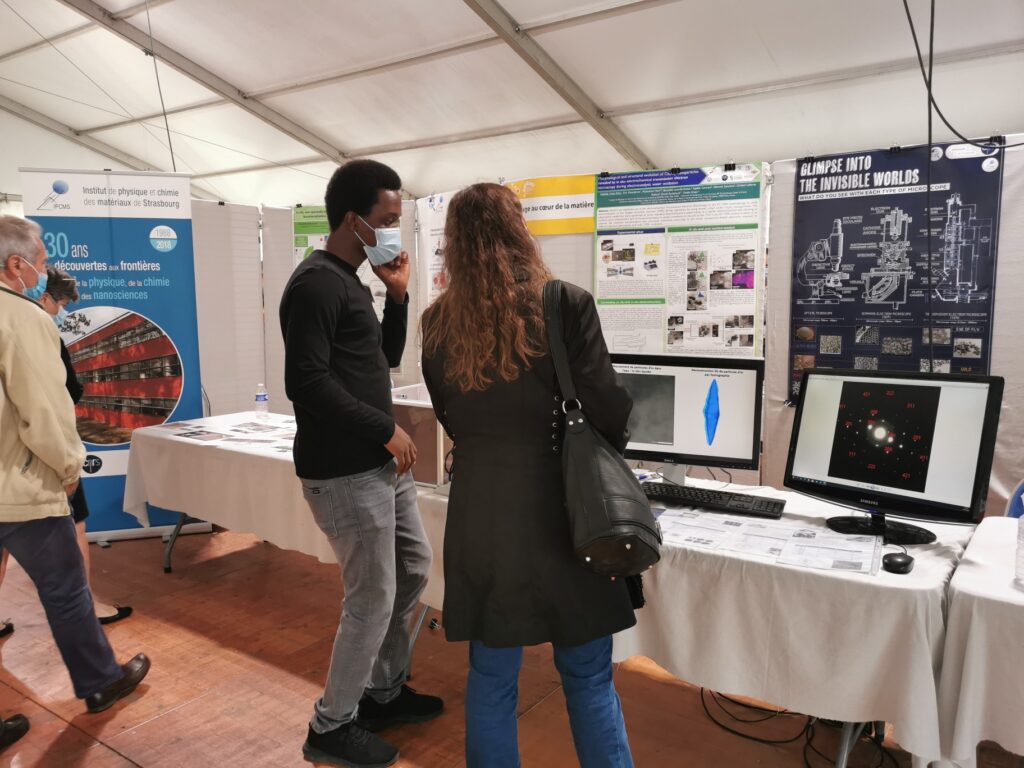
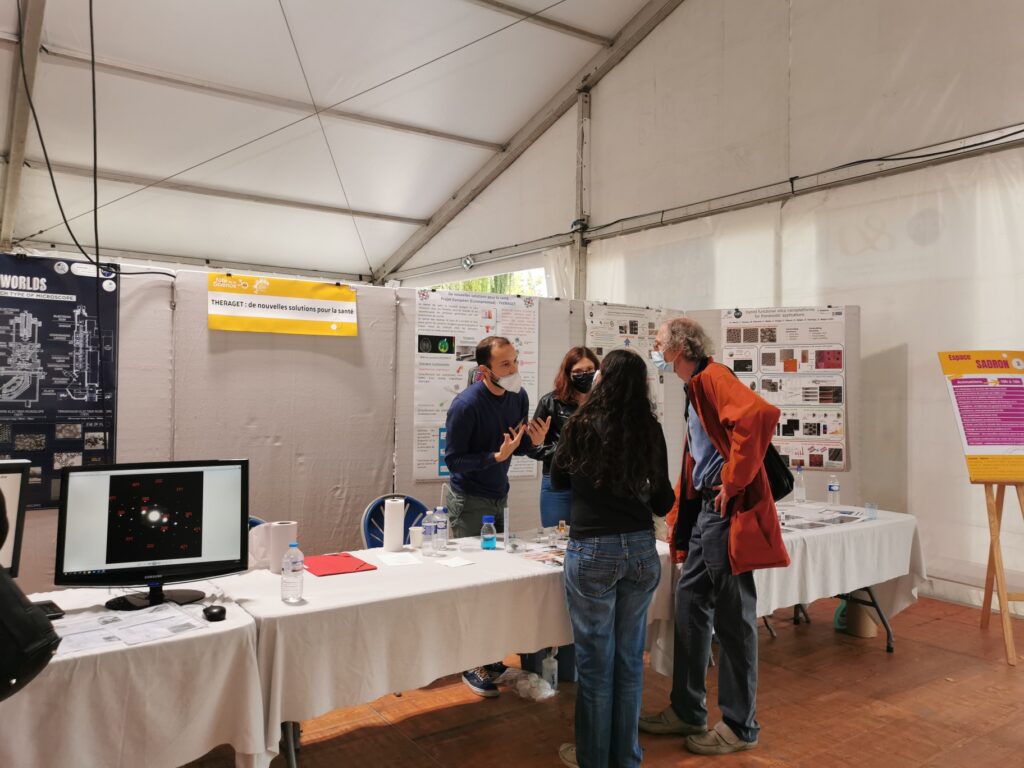
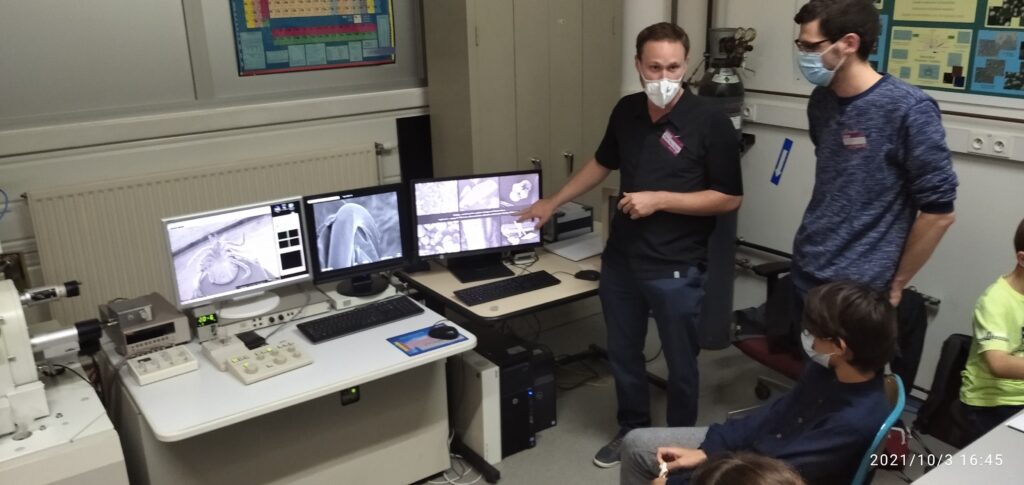
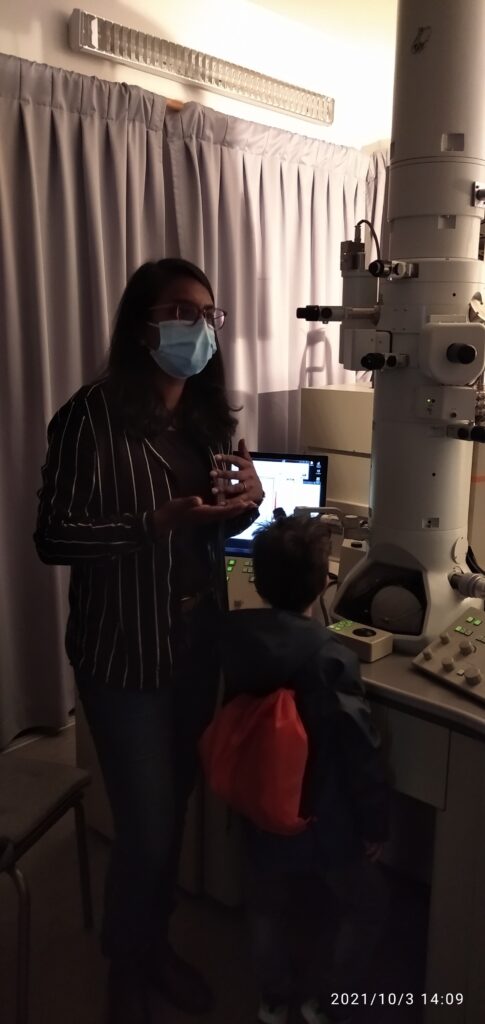
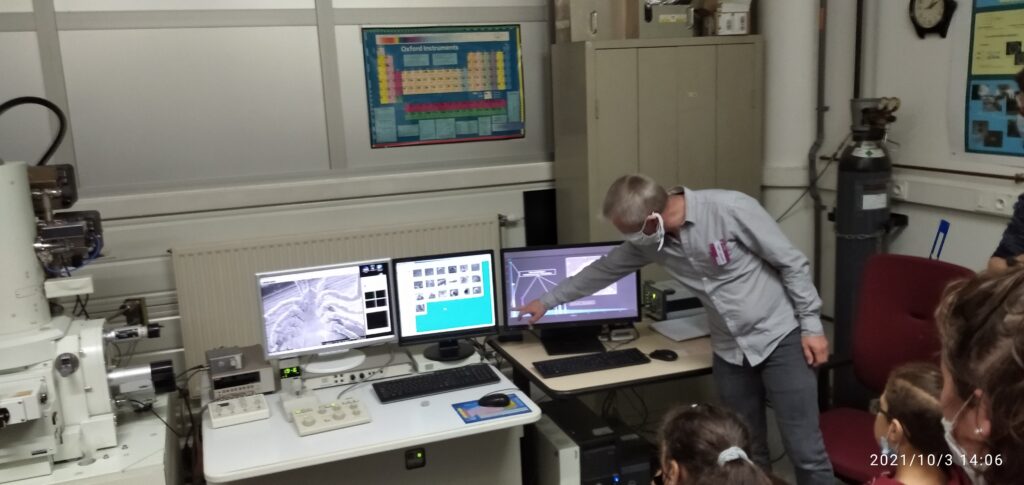
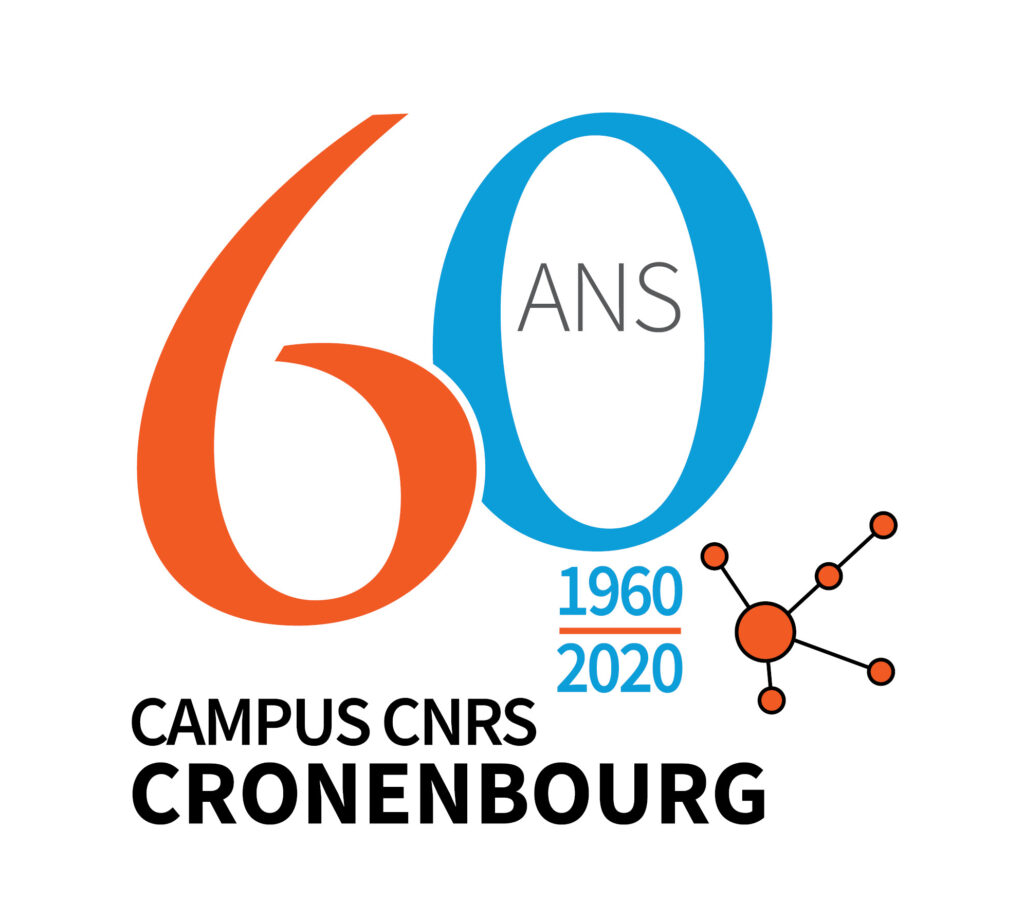
Full program on the website: https://60ans-campus-cronenbourg.cnrs.fr/
Several IPCMS teams will be involved during these days:

From October 1 to 11, 2021, the “Fête de la Science” celebrates its 30th anniversary.
For the occasion, experience a week of festivities throughout Alsace Voir le programme complet “Alsace” ici
# In “Bas-Rhin” | coordination by le Jardin des Sciences
3 Science villages :
October 2 and 3: at the Cronenbourg Campus in Strasbourg and at the Champ du feu
October 9 and 10: at the Vill’A in Illkirch
… and other meetings at La Wantenau, in Strasbourg, in Saales …
MOLIERE : Matériaux fOnctionneLs Innovants pour l’aERonautiquE
Qu’ils soient orientés vers le civil, le militaire ou l’espace, les acteurs de l’aéronautique se doivent d’innover sans cesse pour maitriser les technologies stratégiques futures et répondre aux enjeux énergétiques et environnementaux.
Porté par de plus de 20 ans de collaboration et d’échanges fructueux entre les partenaires, le Laboratoire commun de recherche MOLIERE est né de l’alliance des expertises entre la recherche industrielle de Dassault Aviation et la recherche académique de l’Institut de Physique et Chimie des Matériaux de Strasbourg (IPCMS, Strasbourg) et de l’Institut Jean Lamour (IJL, Nancy).
L’objectif de ce laboratoire est de répondre aux besoins aéronautiques concernant trois axes thématiques : les matériaux pour l’acoustique, les matériaux pour l’électromagnétisme et les matériaux antigivre.
A cette fin, il s’agit de concevoir, synthétiser et caractériser de nouveaux matériaux fonctionnels à un niveau multi-échelle. Le format Laboratoire commun de recherche constitue une structure adaptée et stable qui permet le développement d’un tel projet scientifique commun d’envergure et la pérennisation de cette collaboration.
Video on the website “L’Actualité de la Recherche à l’UNISTRA”
Manfredi, G. Is the cosmological constant an eigenvalue?. Gen Relativ Gravit 53, 31 (2021). https://doi.org/10.1007/s10714-021-02800-8